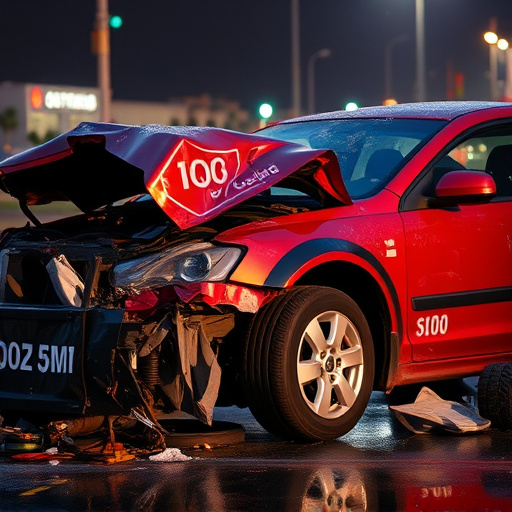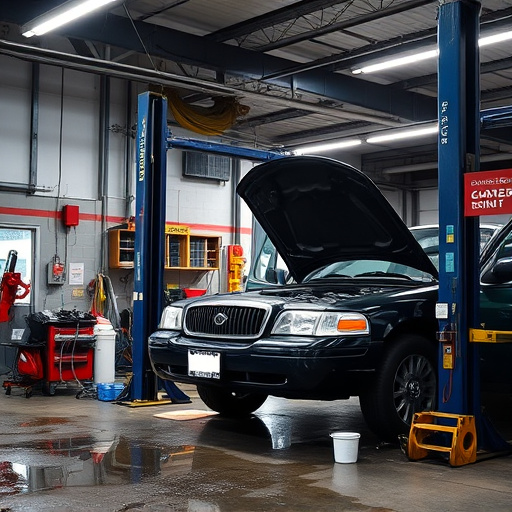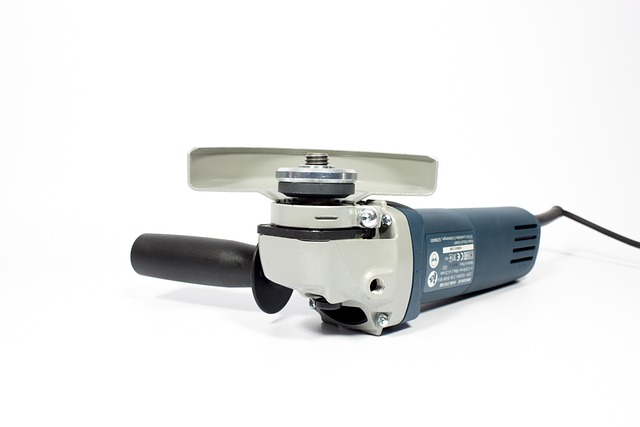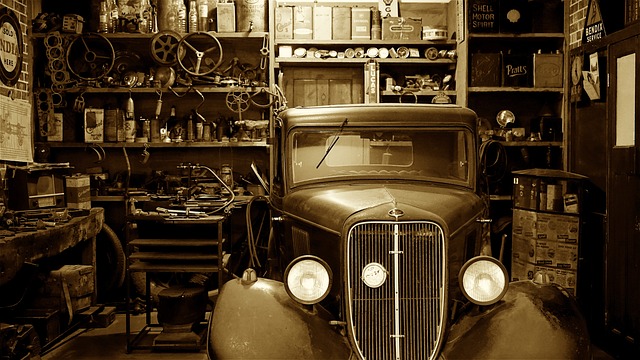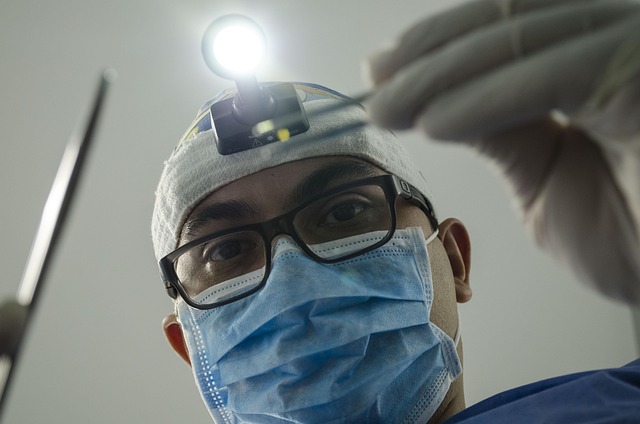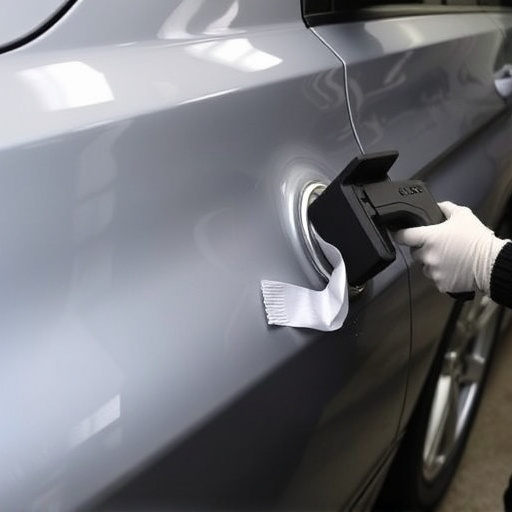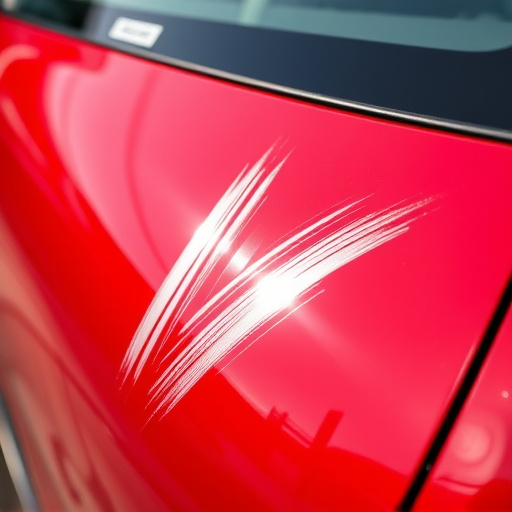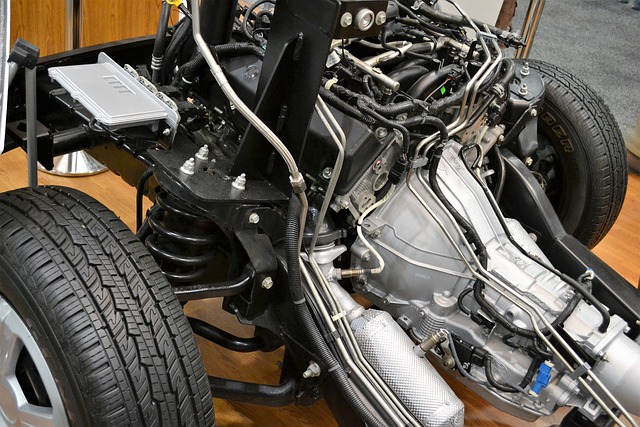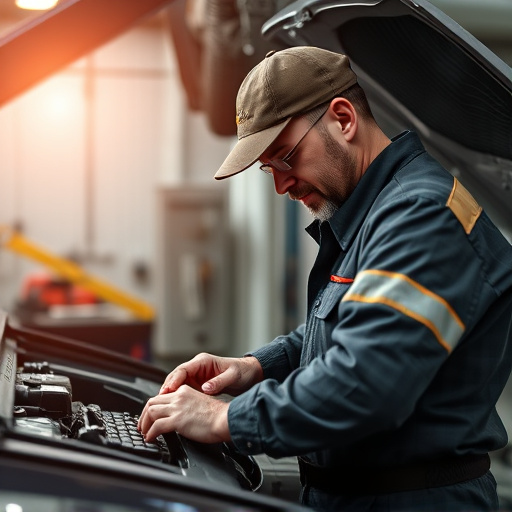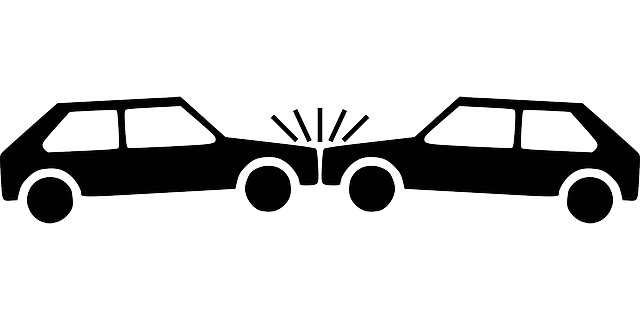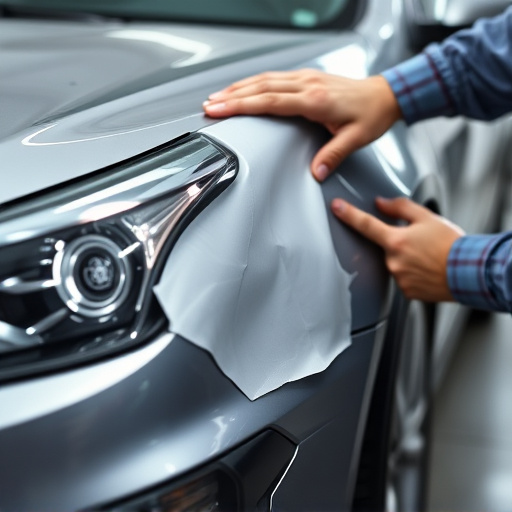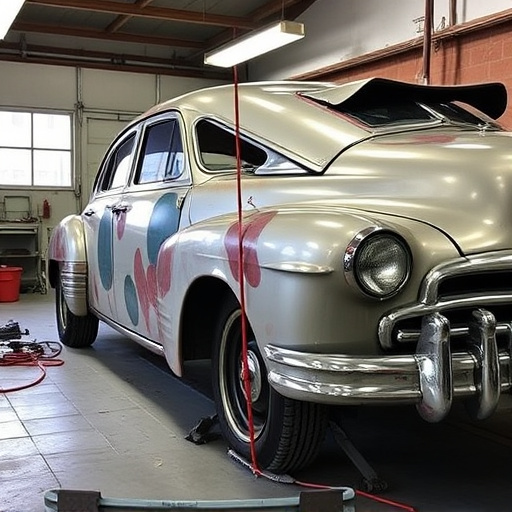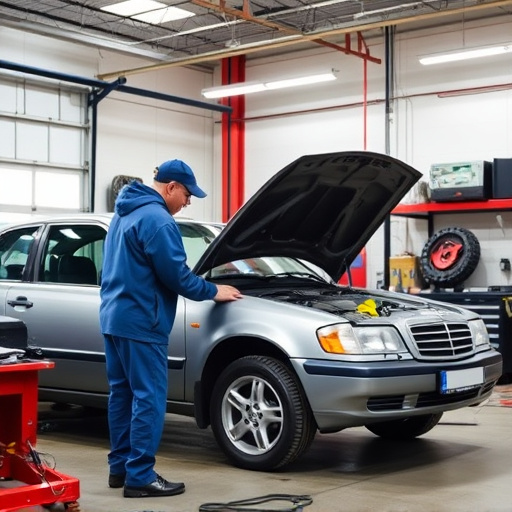A single radiator replacement accident can significantly harm an automotive brand's reputation, highlighting the importance of stringent quality control in this industry. Public scrutiny, media coverage, and legal repercussions may follow, leading to a loss of consumer trust. To prevent such crises, brands must prioritize robust quality assurance for vehicle repair services, focusing on meticulous body and paint repairs. A strategic response that acknowledges the issue, enhances safety protocols, staff training, and quality control checks can turn this accident into an opportunity to showcase commitment to excellence, repairing relationships, building trust, and solidifying brand reputation as a reliable leader in auto collision repair.
In the aftermath of a radiator replacement accident, brands face a critical juncture that can significantly impact their reputation. This article delves into the profound consequences of such incidents and explores strategic responses to rebuild trust. We examine case studies, highlighting successful long-term reputation management techniques, and offer insights on preventing future mishaps. By understanding the key takeaways from these experiences, brands can enhance their resilience and maintain a positive image in the face of challenges like radiator replacement accidents.
- Understanding the Impact of Radiator Replacement Accidents on Brands
- Strategic Response: Building Back Better and Enhancing Trust
- Long-term Reputation Management: Lessons Learned and Future Prevention
Understanding the Impact of Radiator Replacement Accidents on Brands

A radiator replacement accident can significantly impact a brand’s reputation, especially in the automotive industry where customer trust is paramount. When such incidents occur, it reflects poorly on the company’s quality control and safety measures, potentially leading to a loss of consumer confidence. These accidents often spark public scrutiny and media coverage, which can have long-lasting effects on the brand’s image. Consumers are likely to associate any brand associated with these incidents as being careless or incompetent in ensuring vehicle safety.
Moreover, a radiator replacement accident may result in costly legal implications and damage control efforts. Customers who experience or witness such events are more inclined to share their negative experiences, creating an online buzz that can be challenging to mitigate. Therefore, automotive brands must prioritize robust quality assurance processes for vehicle repair services, including meticulous vehicle body repair and vehicle paint repair procedures to prevent such incidents and uphold their reputation in the market.
Strategic Response: Building Back Better and Enhancing Trust
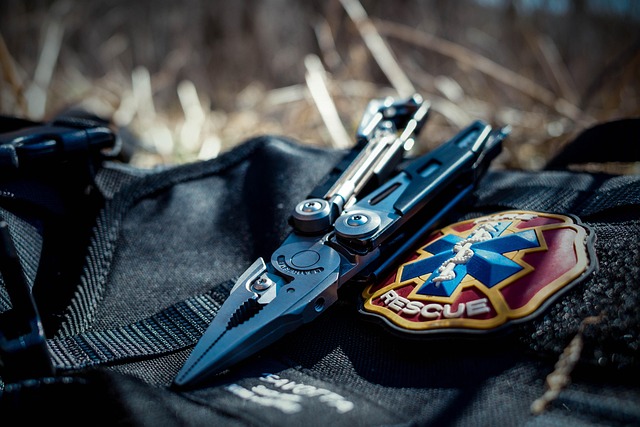
In the aftermath of a radiator replacement accident, a brand’s strategic response can either strengthen or weaken its reputation. A well-planned and executed recovery strategy is essential to building back better and regaining customer trust. This involves quick, transparent communication about the incident, acknowledging any errors or shortcomings, and outlining concrete steps taken to prevent similar occurrences in the future.
By prioritizing proactive measures such as enhancing safety protocols, improving training for staff, and implementing robust quality control checks in automotive collision repair processes, a brand can transform a potential PR disaster into an opportunity to demonstrate its commitment to excellence and customer satisfaction. This not only repairs relationships with affected customers but also fosters trust and loyalty among the broader consumer base, positioning the brand as a reliable leader in auto collision repair.
Long-term Reputation Management: Lessons Learned and Future Prevention
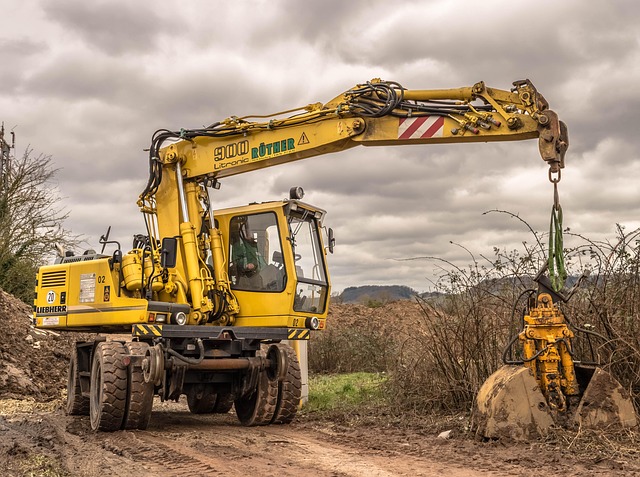
In the aftermath of a radiator replacement accident, a brand has a unique opportunity to showcase its commitment to safety and quality. This incident serves as a stark reminder of the importance of meticulous planning and execution in any automotive repair process. By learning from such experiences and implementing robust long-term reputation management strategies, brands can mitigate future risks effectively.
A key takeaway is the necessity for continuous improvement in auto maintenance practices. This includes enhancing training programs for technicians, adopting advanced tools and technologies, and fostering a culture of transparency with customers. Additionally, proactive communication strategies should be employed to keep stakeholders informed about any updates or changes made post-accident, further solidifying the brand’s reputation as a reliable entity in the automotive industry, focusing on both auto painting and essential automotive repair services.
A successful brand recovery strategy after a radiator replacement accident involves a swift and transparent response. By prioritizing customer safety, implementing robust quality checks, and communicating openly about improvements, brands can regain trust. This incident serves as a critical learning opportunity to refine processes, enhance product quality, and strengthen reputation management for long-term success, ensuring future resilience against similar challenges. Effective handling of such crises fosters brand loyalty and strengthens the connection with consumers.
